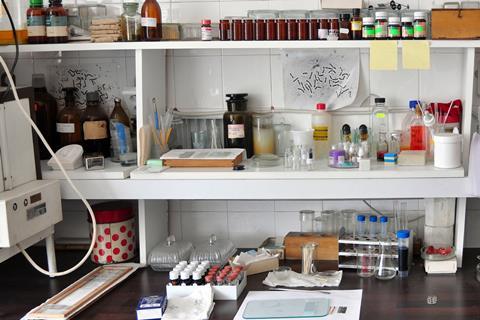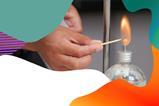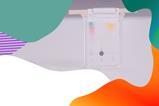Follow these 12 tips to ensure technicians and teachers make a smooth and successful return to practical work

Welcome back to what, we all hope, will be an academic year packed with practical work. After a few years of adapting our practice around Covid rules, science technicians are ready for any eventuality. Like our students, most of us are excited and nervous to start the new term. Let’s use the first few days of term to build strong foundations for our teams so everyone feels supported. Here are my tips for doing just that.
1. Carry out a health and safety walk, starting with the chemical store. Carefully open the door to the chemical store and any cabinet containing chemicals, especially if it has been very hot. Use your senses for clues. Can you hear the ventilation? Is there a smell or a deposit on surfaces? Have any plastic bottles changed shape? These are all warning signs. Consider any leak or spill carefully. Is it safe to enter? If you’re in any doubt, contact your premises team and your school health and safety officer to flag any issue and call CLEAPSS/SSERC straightaway.
2. Check chemicals against your stock list and pay attention to storage. Use a fume cupboard to store open bottles and containers of chemicals that have a low boiling point or decompose easily. Check that all the radioactive sources are present and locked in a suitable storage cabinet.
3. Inspect fridges and freezers. Hopefully, you won’t discover they’ve been turned off (even for a short period of time). If they have been, use absorbent material to soak up any blood and clean with disinfectant. For chemicals and bacteria, contact your health and safety advising service, such as CLEAPSS, SSERC.
Build effective collaboration and clear communication between technicians and teachers
4. Make a visual check of all prep rooms and laboratories. Test the emergency cut-off systems for gas and electricity and report any issue immediately. Run all the water taps for at least 10 minutes. Turning on the gas and bleeding the air out of the gas line will save time for the first class using Bunsen burners. Ideally, you should have a plan or map of each lab so you can easily note any faults.
5. Check all firefighting equipment, eyewash stations, first aid boxes, spill kits, glass bins, essential posters such as fire escape route and immediate remedial measures. They should all be marked on your map. Report any issue you can’t deal with yourself (eg pin removed from a fire extinguisher) to your head of department and site team.
6. Ensure all equipment requiring periodical testing, such as fume cupboards and electrical items (PAT testing), has been tested. It’s also worth checking that the records and documentation are clear, accurate and up to date. Use your school’s and department’s health and safety policies to make sure everything’s in order. If tests are not up to date, condemn the kit.
7. Find the records for radioactive sources and check who has been trained to use them.
8. Familiarise yourself with the guidance for carrying out risk assessments and reporting accidents. The head of department is usually responsible for health and safety in science so go to them first with any questions.
Looking for more technician content?
Discover the Undercover technician and their opinions. And don’t miss out on the technician notes, with every Exhibition chemistry article and our core practical video series.
9. Share information about your systems (whether that’s a Google sheet or LabLogger) and deadlines for requesting equipment with teaching staff. It is also good practice to invite teachers to try or discuss experiments before the lesson; if they are at the early stage of their career, they’ll really appreciate it. Look at long-term plans so you can flag any issue with facilities or equipment before a situation becomes urgent. Dividing a practical work timeline into planning, preparation, delivery, clearing out and feedback can really help. Planning is essential. Rushing can compromise the health and safety of everyone involved.
10. Build effective collaboration and clear communication between technicians and teachers. Do not hesitate to ask a teacher for details about an experiment and how they would like it be set up. Teachers don’t want to be surprised by the kit provided when their attention needs to be fully on their students. Be prepared to suggest alternative approaches, such as labelled carousel activities, microscale experiments and integrated instructions. Work with teachers to ensure you get the equipment back in a suitable way; for example, agree how to dispose of chemicals or biological specimens, rinse glassware and label broken or damaged apparatus.
11. Check CLEAPSS and SSERC for updated guidance and new learning opportunities regularly. Sign up for their newsletters and follow them on Twitter (CLEAPSS, SSERC) too.
11. Check CLEAPSS and SSERC for updated guidance and new learning opportunities regularly. Sign up for their newsletters and follow them on Twitter (@CLEAPSS, @SSERCofficial) too.
12. Finally, always ask for help when needed.














1 Reader's comment